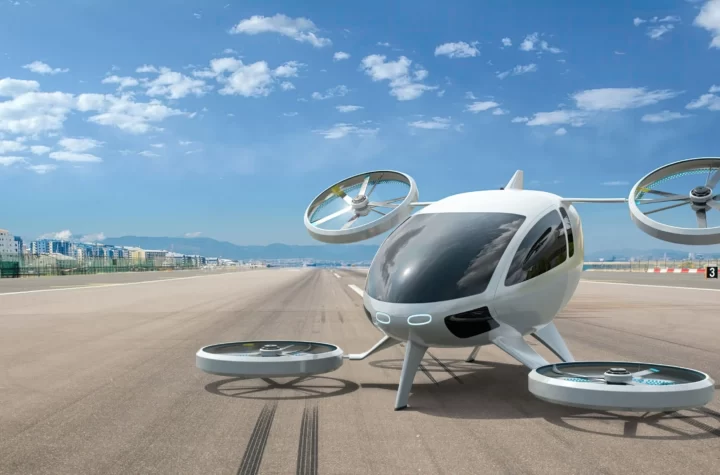With automakers worldwide pushing serious time and dollars out of their product development processes, it is questionable how suppliers were coping. How do they quickly react to changes resulting from development and validation testing, especially late in the program? Chris Filipowicz, Visteon’s director for the Ford Customer Business Group, says it’s “what’s up front” that gets it done. “What’s up front” is increasingly powerful software tools that can not only facilitate the design of a new climate control system, for example, but also very quickly test and validate changes, analyze the effects and cost impacts of those changes in other areas of the subsystem and vehicle, and even evaluate tooling and manufacturing impacts. While Visteon is not unique in the use of such tools to cut time and money out of design, development and validation, Filipowicz believes her company has invested in tools powerful enough to provide a significant competitive advantage.
“What’s up front” is increasingly powerful software tools that can not only facilitate the design of a new climate control system, for example, but also very quickly test and validate changes, analyze the effects and cost impacts of those changes in other areas of the subsystem and vehicle, and even evaluate tooling and manufacturing impacts. While Visteon is not unique in the use of such tools to cut time and money out of design, development and validation, Filipowicz believes her company has invested in tools powerful enough to provide a significant competitive advantage.
“When our customer gives us the parameters — design and size of the vehicle, power and heat generation of the engine, details of the engine compartment, thermodynamics, electronics — we can design the system and tell you what the functional performance and output will be, along with the size, structure and materials.” she explains. “They’ll understand what’s going into that vehicle and the system performance before we build even one part.
“Previously, we would make physical prototypes, run them on stands or in mock vehicles and test the changes as they happened, and the cost and time involved were huge. We also used to iterate the design all the way up to launch. Now, to shorten development time, you have to push that up front, and you can’t afford to iterate at the hardware level. You have to do that in the analytical phase. So we use these tools to work and integrate way up front, and we can change and update things much faster.”
Does that mean dark rooms full of designers and engineers beavering away on big CAD/CAM tubes? No, Filipowicz says, “you can run this software on PCs, and a typical engineer coming out of school can be easily trained to run it. And because a database of KBE (Knowledge-Based Engineering), design instructions and cost information are imbedded in the software, as well as CAD capability, one person can assess all these elements at one station.” KBE captures and uses lessons learned from previous programs, while “re-use” software forces utilization of as many existing components as possible in areas that will not affect QRD or customer satisfaction keep costs down?
Does this mean that Visteon engineers are chained to their tubes instead of working in the field with OEM engineers? Not at all, although a lot less time is spent in vehicles these days as OEM customers reduce the need for vehicle-level testing and development through their own computer modeling and laboratory work.
“We support all OEM testing,” Filipowicz asserts. “If our customer wants us there, we’re there. Then if something needs to change, we can put that change into the model, validate it and predict any other effects it would have on the vehicle — what happens to NVH for example — while our engineer is still on site. We now have the capability to do simultaneous development instead of having to come back home and run the test physically on a stand.”
Visteon’s KBE tool also understands processes in the plants and warns when manufacturing a particular part would break the “tool rule,” requiring new tooling or use of different facility. “If we do break that rule,” Filipowicz says, “it’s added cost, so we can quickly present the customer with this data and the cost involved to facilitate their decision. The software encourages not only intelligent re-use of parts but also optimal cost design, and we’ve found those capabilities very powerful in working with the OEMs to reduce overall cost.”
What’s next? “We’re working with a software supplier to give us automated data management of different validation models,” Filipowicz says. “So when something mandates a change, we can immediately put that into the software and get instant updates across the board — the functional model, the NVH model, the thermal model — instead of running individual simulations and updating each model separately. We’ll be able to manage all that data simultaneously in one software model, so if we have to make subsequent changes elsewhere in the vehicle, that happen much faster as well.”
As the power and capabilities of these tools increases, along with everyone’s confidence in them, “the focus on up-front design and speed in development is where we’re going to win the game,” she concludes.
- May 2003
- Gary Witzenburg
Software tools help suppliers keep pace with OEMs.














































 Heavy Metal
Heavy Metal


